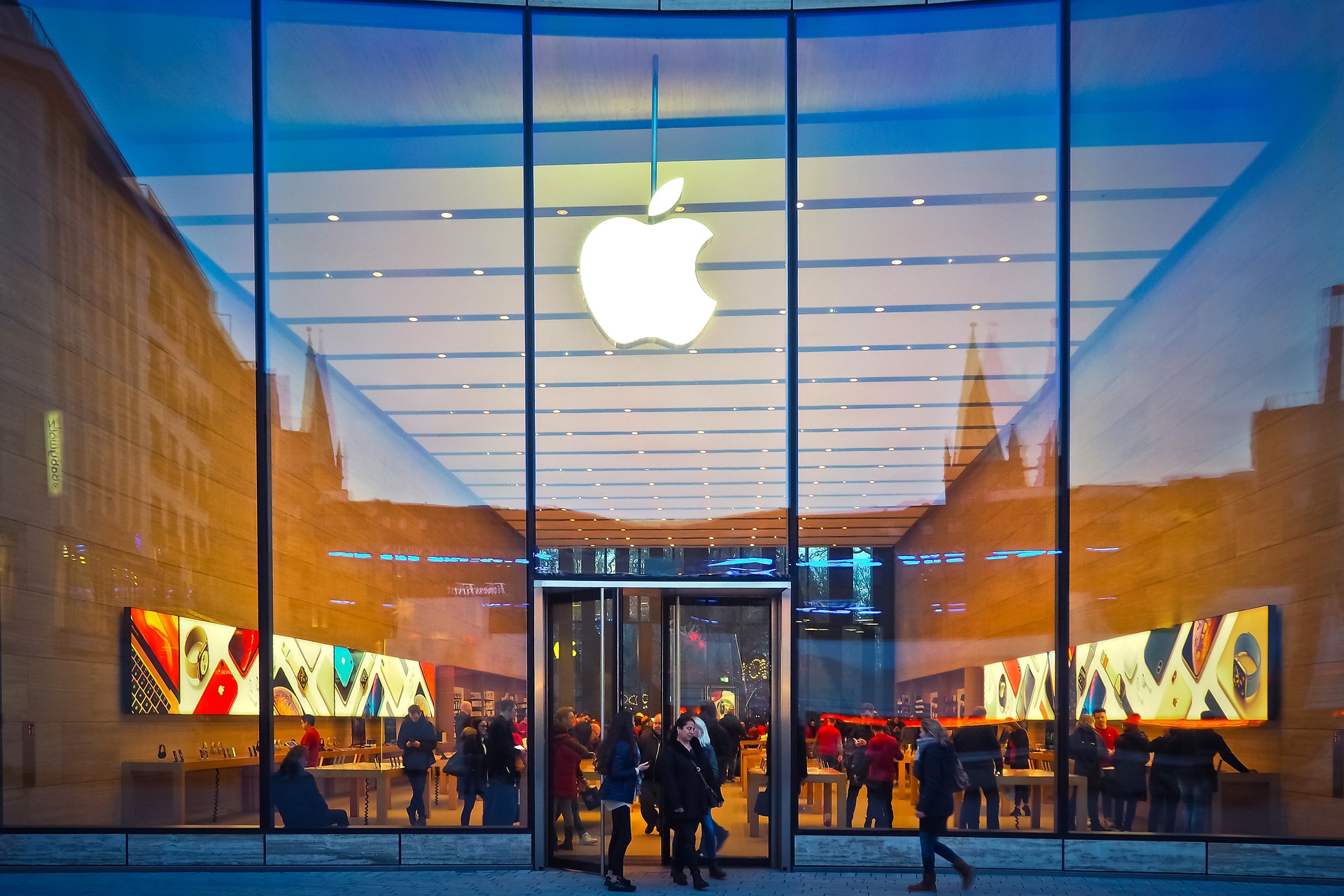In a dramatic turnaround, Apple’s stock surged 15% on April 4, 2025, following the announcement of a 90-day hiatus on tariffs, lifting the company’s market value by over $400 billion. This marked Apple’s most significant trading day since 1998, recovering from its worst four-day streak in over two decades. The rally pushed Apple’s market cap to nearly $3 trillion, a remarkable feat for the tech giant.
Tariff Relief for Global Production
The temporary tariff freeze applies to Apple’s production facilities outside the U.S. — in China, India, Japan, South Korea, Taiwan, and Vietnam — shielding the company from the immediate impacts of the escalating trade war. The market responded euphorically, relieved that Apple’s vast international supply chain would face less disruption for now.
However, China remains a significant source of concern. The country’s tariff rates on U.S. goods, including Apple products, were increased from 54% to 125% just as Apple enjoyed its tariff reprieve. Investors continue to fret over the long-term impact, particularly on Apple’s manufacturing base in China, where most of its devices are still assembled.
A Shift to India and Vietnam
In recent years, Apple has diversified its manufacturing operations to reduce reliance on China. With the recent tariff reprieve, Apple aims to shift more production to India and Vietnam, where tariffs are lower. This shift is seen as a short-term measure while Apple works to negotiate permanent relief.
Challenges in U.S. Manufacturing
Despite calls from former President Trump to bring manufacturing back to the U.S., experts, including Apple CEO Tim Cook, have highlighted the challenges. The U.S. simply lacks the trained workforce that countries like China and India can provide. As Cook has pointed out, Apple’s manufacturing success in China isn’t about cheap labor but about the depth of skilled workers available at scale.
Even Apple founder Steve Jobs acknowledged in 2010 that the U.S. lacked the workforce needed for the scale of production Apple required. At that time, Apple employed 700,000 factory workers in China and needed a team of 30,000 engineers to support them—an impossibility to replicate in the U.S.
A Short-Term Solution
For now, Apple is sending more iPhones from India to the U.S. to offset China’s high tariffs, but this is seen as a temporary measure. Apple is actively lobbying for an exemption to Trump’s tariffs, a relief it secured during his first term. However, the company faces an uncertain future with trade tensions that continue to evolve.
In the meantime, Apple’s stock continues to benefit from the latest tariff relief, but the looming challenge of China tariffs remains an ongoing concern for the tech titan.


